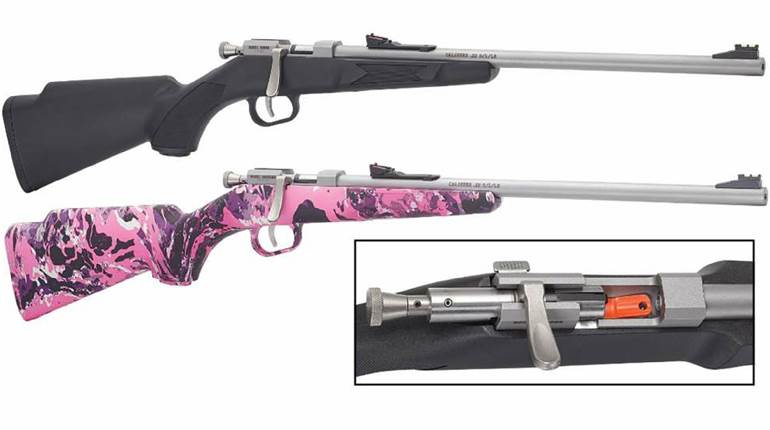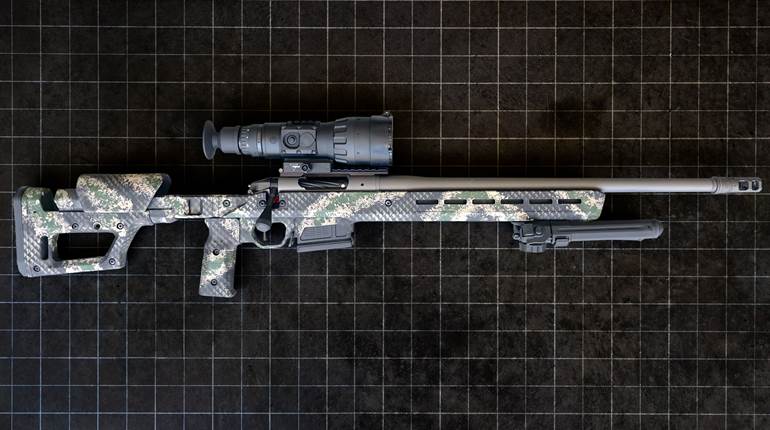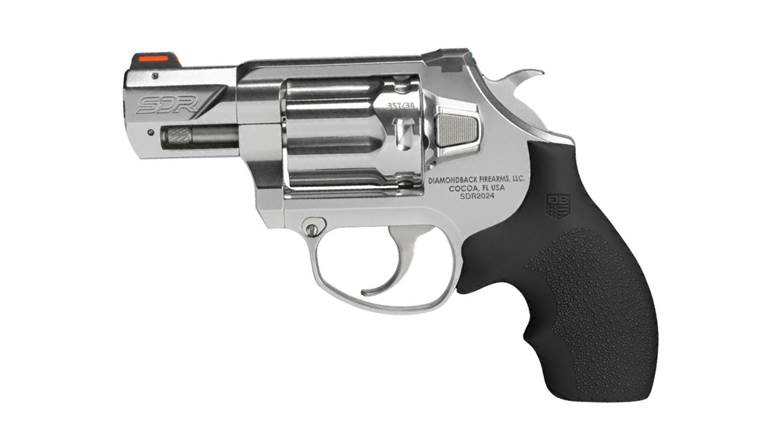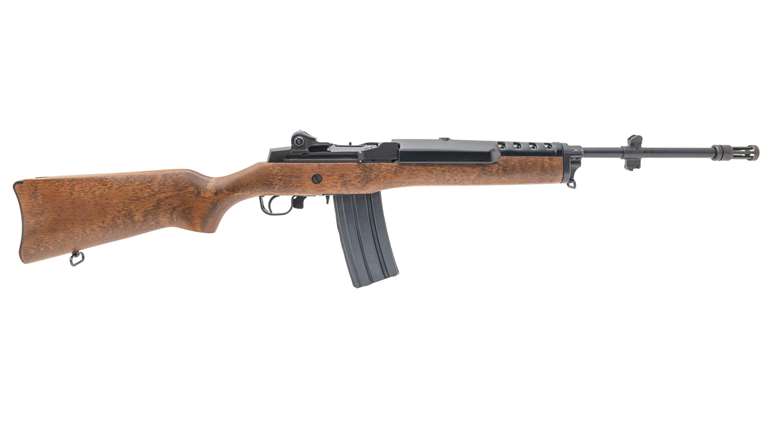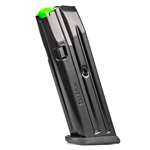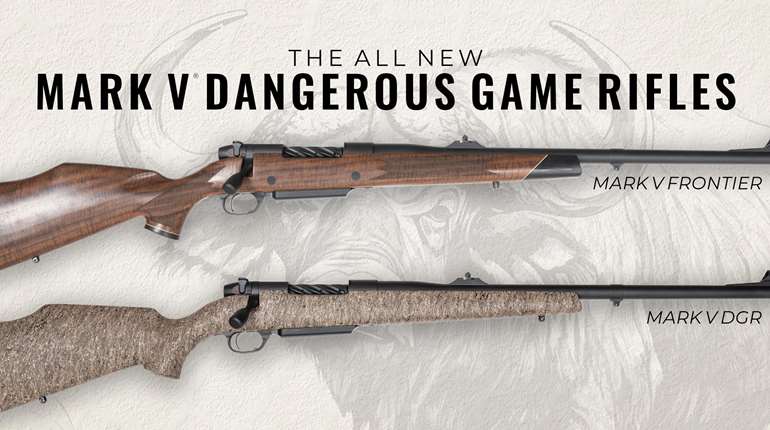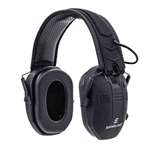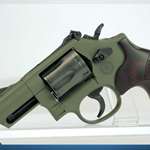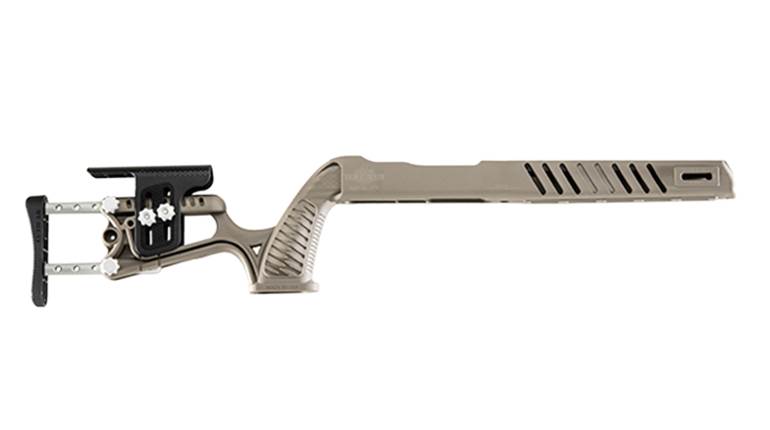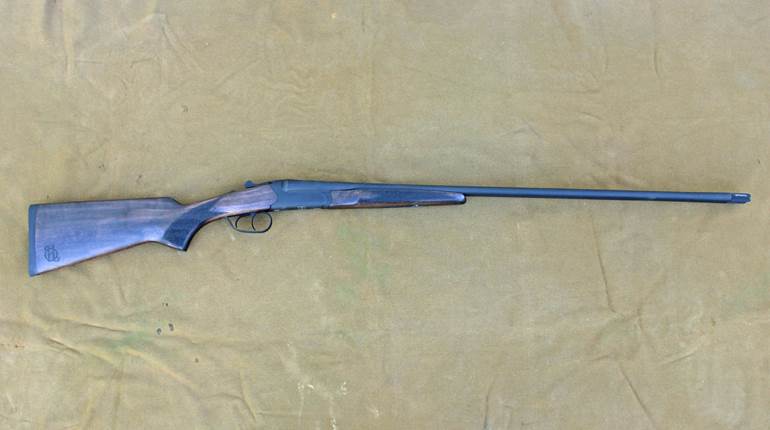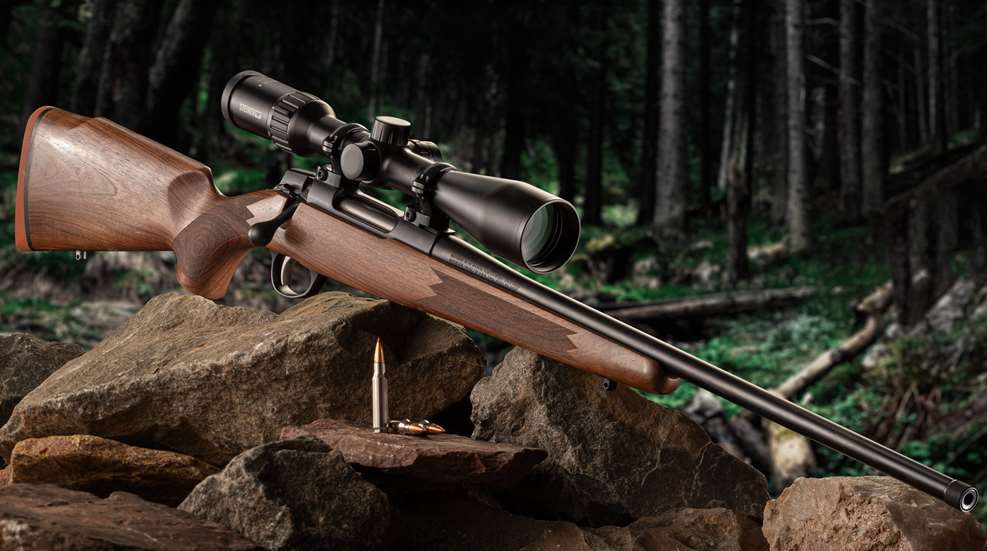
The best word to describe the Sako 90 Hunter is “solid.” Imagine, in today’s world, a bolt-action sporting rifle that is nothing but walnut and steel. Simple, elegant, no frills and—in the case of our test gun—possessing satin-finished stainless steel and no iron sights. Blued-steel models (shown) are also available, as are synthetic-stocked Model 90s, but the 90 Hunter is good old wood and metal.
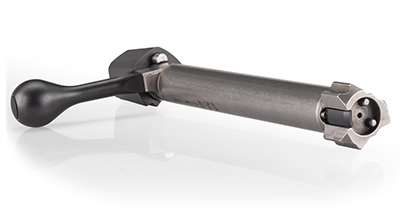
Sako’s 90 is a new series from the great Finnish gunmaker, essentially using a three-lug, short-uplift, push-feed action similar to the discontinued 85 series. The 90 further features dual plunger ejectors and the company’s signature pivoting extractor, which is powered by a spring-loaded plunger at its base. The short-action Hunter is chambered in .22-250 Rem., .243 Win., 6.5 mm Creedmoor, 7 mm-08 Rem. and .308 Win. Longer-action chamberings include 7 mm Rem. Mag., the .300 and .338 Winchester Magnums, and .375 H&H Mag. Our test rifle was in .308 Win.—a cartridge likely to shoot well and that doesn’t rattle teeth with recoil.
With a 22.5" barrel, our Hunter weighed 7 lbs., 2 ozs., as it came from the factory. Adding a Steiner Predator 2-16X 42 mm scope in steel Optilock bases and rings brought the total weight up to 8 lbs., 12 ozs.—not too heavy to carry and downright comfortable on the bench.
The satin-finished stock has good grain, with checkered panels on the fore-end and pistol grip, and ends with a 1" recoil pad with a black spacer. The comb has a slight Monte Carlo and a nicely executed right-hand sculpted cheekpiece. Inletting is precise and even everywhere. The fore-end is trim, and the barrel channel shows minimal clearance; we tried the “dollar bill” trick, confirming that the barrel is free-floated all the way. When chambered within the .308 family, the detachable magazine holds five rounds. Flush-seated, it detaches via a lever at the forward end of the magazine well.
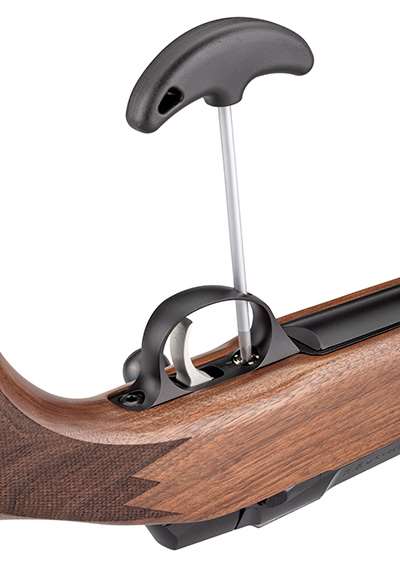
The Model 90 bolt shroud has no visible cocking piece. However, underneath the rear of the shroud a small cocking indicator extends rearward and shows a red marking when the rifle is cocked. The two-position safety to the rear of the bolt root also shows a red indicator when the safety is forward and the rifle is ready to fire. With the safety to the rear and on “safe,” the bolt is locked. Just ahead of the safety, however, fitted between it and the bolt handle root, is a small, square bolt-override button—pressing it down allows the action to be worked for unloading while keeping the safety engaged. The bolt release is a horizontal lever on the left side of the action.
The Model 90’s trigger is interesting. Ahead of the trigger is a dial, accessed with a hex wrench through an opening in the trigger guard; requiring no disassembly, the dial has five settings, allowing either an increase or decrease in the weight of pull. The trigger itself is also adjustable for position by hex wrench, allowing for preferred finger placement. Out of the box, the trigger measured 2 lbs., 3 ozs., on a Lyman digital gauge. Crisp and clean, we felt no need to adjust it.
Receiver rings are grooved and slotted for the simple and solid Optilock mounting system, which engages tapered grooves machined into the receiver. Assembled correctly and properly tightened, the mounts should never loosen or shift.
Sako barrels are cold-hammer-forged and deserving of their reputation for accuracy, so we were itching to get to the range to see if this rifle lived up to the Sako reputation. For testing, we brought along three loads: Federal’s 165-grain Fusion; Federal Premium’s Gold Medal Match with 168-grain Sierra MatchKing projectiles; and Hornady’s Precision Hunter with 178-grain ELD-Xs. This particular rifle didn’t care for the Fusion load. Two five-shot groups were within 1.5 m.o.a., but the others were disappointing.

The two-position safety (l.) reveals a red indicator when forward in the “fire” position, and on “safe” it locks the bolt, which can be released by pressing the square button in front of it. Note also the red cocking indicator at the rear of the tailpiece. This version of the Model 90 features a walnut stock with an open pistol grip and machine-cut checkering (r.), a shadowline cheekpiece, a Monte Carlo comb and a red rubber recoil pad. Standard QD-style sling swivel studs fore and aft complete the gun’s traditional, American-style treatments.
We expected the 90 Hunter to do better, and it did—with the other two loads. Within the series, both the Gold Medal Match and Precision Hunter loads produced sub-m.o.a. five-shot groups, with respectable averages for a new rifle, with a barrel that was not broken-in, shooting factory ammunition. Although only slightly better than the 168-grain MatchKing, ELD-X produced the tightest single group—the last group fired—a tidy 0.82" for five shots, which brought the load’s five-group average to 1.22".
The Sako Model 90 is noted for a super-fast lock time, rated at just 1.3 milliseconds. We couldn’t measure it on the test gun, but off the bench one can feel that it’s fast. Out of the box, the action was tight, but it had noticeably smoothed 100 rounds later. Its operation was smooth and positive, as was feeding from the magazine, and the height of the comb felt about right for good cheek weld with a medium-sized scope. In all, our testing revealed the Model 90 Hunter to be accurate and dependable, completely living up to Sako’s reputation for offering high-quality sporting rifles.














